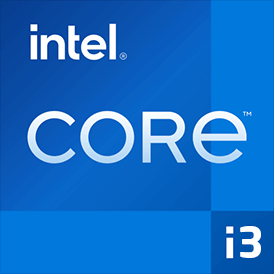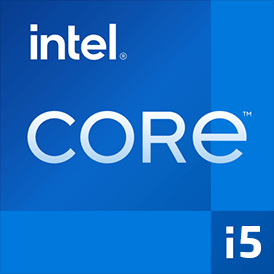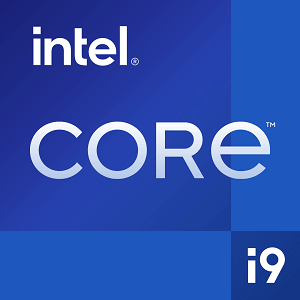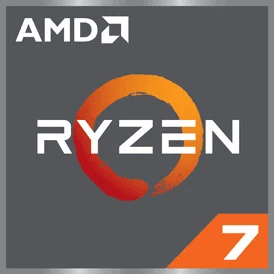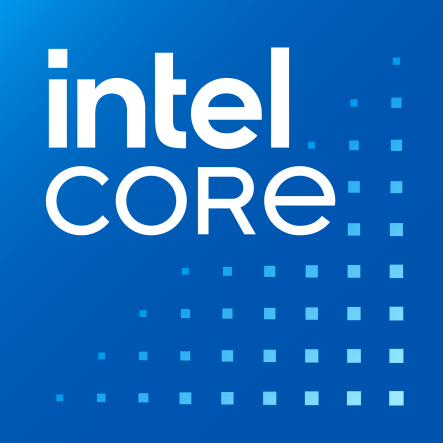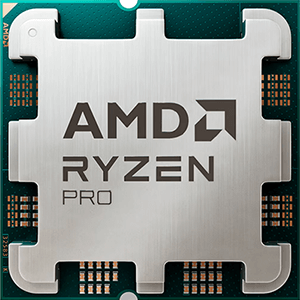Intel Core i3 N300 vs Intel Core i3 5005U
We compared two laptop CPUs: Intel Core i3 N300 with 8 cores 0.8GHz and Intel Core i3 5005U with 2 cores 2.0GHz . You will find out which processor performs better in benchmark tests, key specifications, power consumption and more.
Main Differences
Intel Core i3 N300 's Advantages
Released 8 years late
Higher specification of memory (4800 vs 1600)
Larger memory bandwidth (38.4GB/s vs 25.6GB/s)
Newer PCIe version (3.0 vs 2.0)
Larger L3 cache size (6MB vs 3MB)
More modern manufacturing process (10nm vs 14nm)
Lower TDP (7W vs 15W)
Score
Benchmark
Geekbench 6 Single Core
Intel Core i3 N300
+82%
1189
Intel Core i3 5005U
652
Geekbench 6 Multi Core
Intel Core i3 N300
+148%
3217
Intel Core i3 5005U
1295
Passmark CPU Single Core
Intel Core i3 N300
+83%
2098
Intel Core i3 5005U
1145
Passmark CPU Multi Core
Intel Core i3 N300
+319%
8469
Intel Core i3 5005U
2017
General Parameters
Jan 2023
Release Date
Jan 2015
Intel
Manufacturer
Intel
Laptop
Type
Laptop
x86-64
Instruction Set
x86-64
Alder Lake
Core Architecture
Broadwell
i3-N300
Processor Number
i3-5005U
BGA-1264
Socket
BGA-1168
UHD Graphics (32EU)
Integrated Graphics
HD Graphics 5500
Package
10 nm
Manufacturing Process
14 nm
7 W
Power Consumption
15 W
105 °C
Peak Operating Temperature
105 °C
CPU Performance
-
Performance Cores
2
-
Performance Core Threads
4
Performance Core Base Frequency
2.0 GHz
8
Efficiency Cores
-
8
Efficiency Core Threads
-
0.8 GHz
Efficiency Core Base Frequency
-
3.8 GHz
Efficiency Core Turbo Frequency
-
8
Total Core Count
2
8
Total Thread Count
4
100 MHz
Bus Frequency
-
8
Multiplier
20x
96 K per core
L1 Cache
64 K per core
2 MB shared
L2 Cache
256 K per core
6 MB shared
L3 Cache
3 MB shared
No
Unlocked Multiplier
No
Memory Parameters
DDR5-4800,DDR4-3200,LPDDR5-4800
Memory Types
DDR3L-1600, LPDDR3-1600
16 GB
Max Memory Size
16 GB
1
Max Memory Channels
2
38.4 GB/s
Max Memory Bandwidth
25.6 GB/s
No
ECC Memory Support
No
Graphics Card Parameters
true
Integrated Graphics
true
300 MHz
GPU Base Frequency
-
1250 MHz
GPU Max Dynamic Frequency
850 MHz
256
Shader Units
-
16
Texture Units
-
8
Raster Operation Units
-
32
Execution Units
-
15
Power Consumption
-
0.64 TFLOPS
Graphics Performance
-
Miscellaneous
3.0
PCIe Version
2.0
9
PCIe Lanes
12
-
Extended Instruction Set
SSE4.1, SSE4.2, AVX-2
